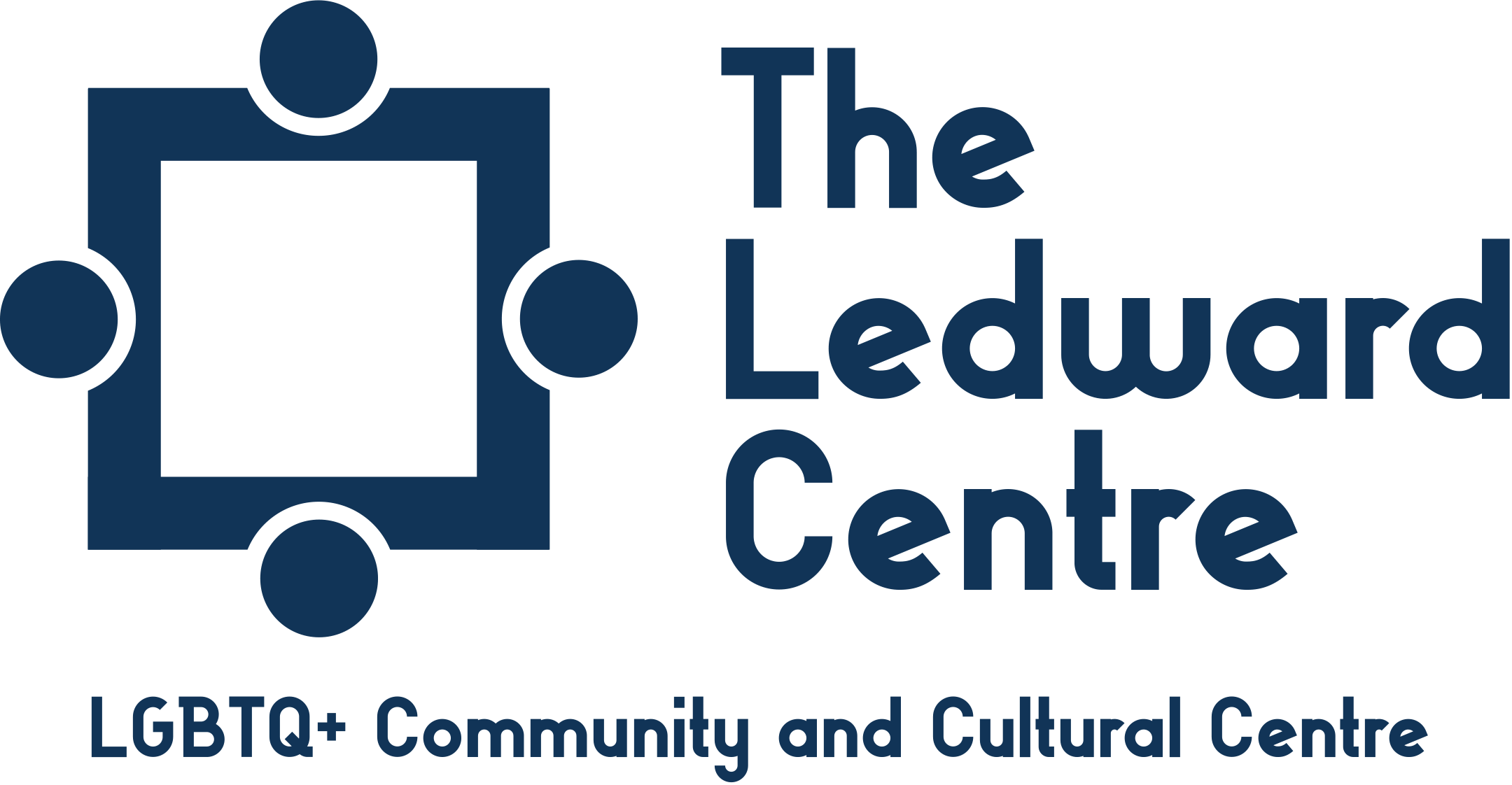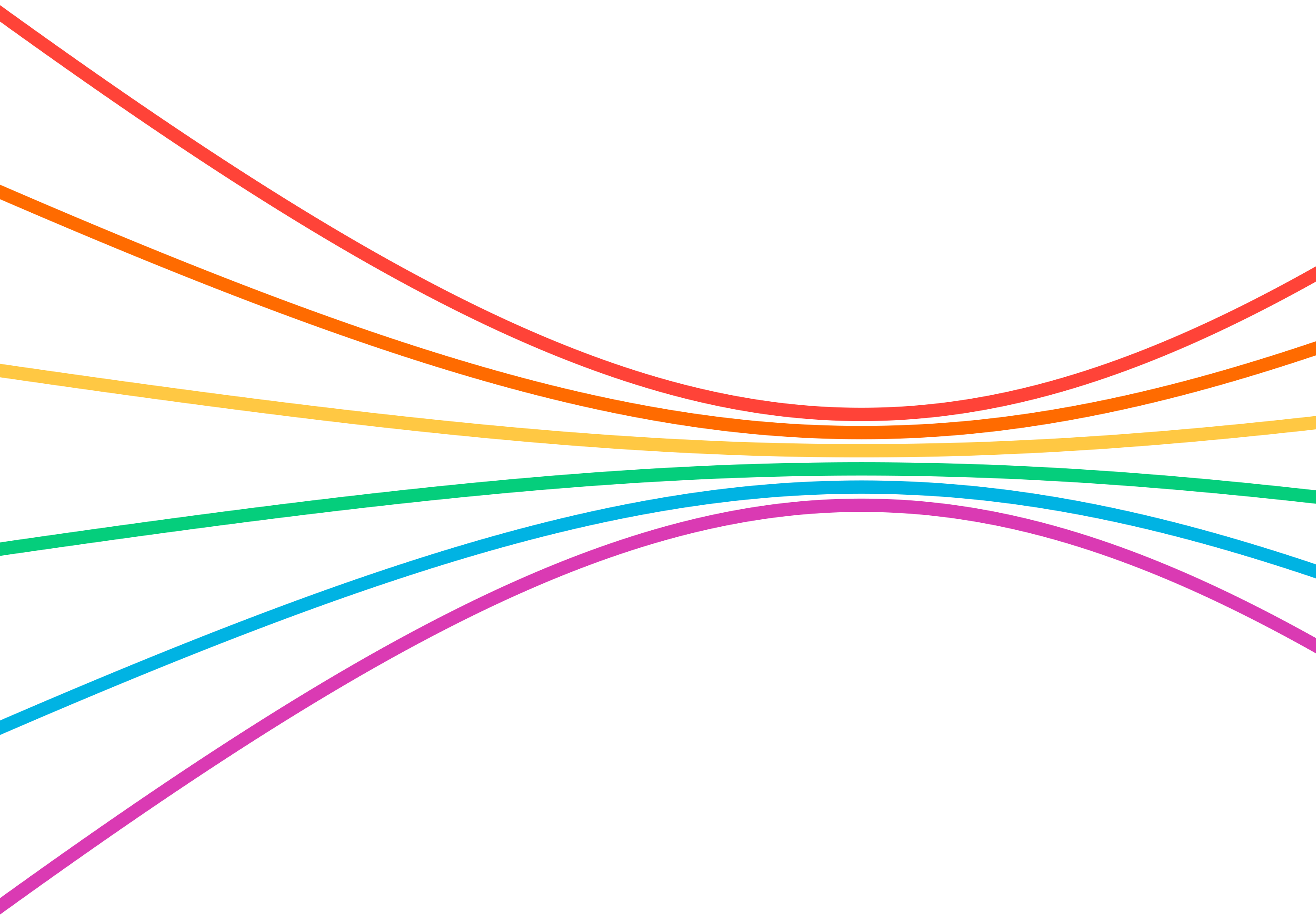[ Average reading time: 7 minutes ]
They say, ‘It takes a village!’ We agree. A gay village!
In this, our second blog post, two of those villagers (you could call them Village People!) chat about the creation of this website, how and why they became involved with the project and what they hope for the future of the centre. Please say hello to web-designer Gus Campbell and writer Daren Kay.
Why are you involved personally?
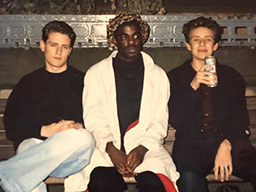
G: Talking about villages, the first person I talked to that I actually knew was gay was in Manchester’s gay village, specifically at their Gay Centre during the mid-80s. The Youth Group based there was my first point-of-access to a real-world, gay-embracing life. It opened my eyes to things like community issues and support, gay art and activism. It was the beginning of forming a strong sense of shared identity and the first time I could really celebrate my “otherness” with actual others.
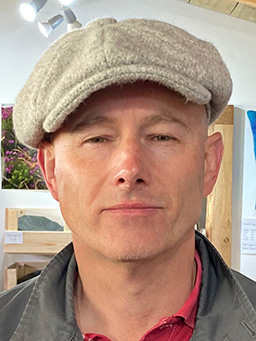
D: Given how welcoming the city is to our community, it has always struck me as a little odd then that there was no ‘village hall’. Hopefully, with the help of all the villagers, TLC will be just such a place; where every hue of the rainbow can feel at home. And where, more importantly now than at any other time in our history, we can focus on what we have in common, not on how we are different.
G: I too was a big fan of James Ledward. In my own experience, he was as a genial, sensitive, strong-willed and effective community-leader who personally made time for other individuals, particularly those in need. I’m proud to somehow contribute to his legacy.
What’s your professional background and what else are you working on?
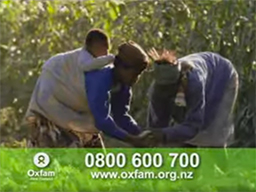
G: That’s great work Daren! I’ve been bewitched by the “dark arts” of marketing since ABBA became a registered trademark in the 70s. Their logo made them seem as big and reliable as Coca-Cola.
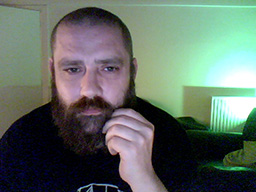
As a practitioner, I designed and built my first website in about 1995. I did a lot of private study; I made logos, menus, flyers, posters, publications – even stuff that might be considered propaganda! I came with a computer science background which had previously been a source of depression. But I found a way to apply my logic and technical skills in a different, more creatively rewarding way.
How did you work together to create the site?
G: I was quite keen, wasn’t I! I started actual work on the website with a Design Brief and Page Outline. The concepts of the Centre brought up a lot of stuff for me to think about. I’d also not worked with a professional copywriter before, so was really excited that Daren was on-board too!
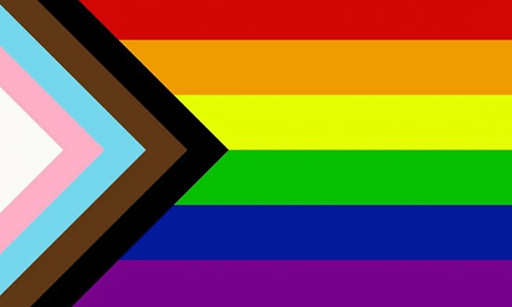
I began the graphic design with a few basic ideas; broad, varied, with softened page transitions, and properly credited images. After some interesting discussions, I set principle hues using the visual shorthand of the Progress Pride Flag. Then I extended the palette using colours from all the major Pride flags I could find. I figured it might not be exactly tasteful, but at least it would be inclusive!
As Daren developed his content, a layout became apparent and the pages developed quickly. I think it’s always good to see how design and content interact in-situ before finalising anything, but very few adjustments were needed. It just seemed to neatly fit…
I’m really enjoying working with Daren. He is amazingly well-informed and finds really effective words for his text. I also find him incredibly easy to collaborate productively with. His contributions both on and off the page have made my own efforts so much better! And there’s also a lot to learn in working with Chris and other people too. It seems fair to say that our combined result is at least pretty decent, and seems pretty true to the intention of the original brief; a website that’s welcoming, bright, accessible, inclusive, meaningful, and diverse. We’ve already put a lot of love into the site. I trust that our efforts will be judged honestly and kindly.
What’s planned next for the site?
D: As hinted at earlier, for the Centre to be considered a success, I think it is absolutely critical that right from day one we are able to recruit people from our entire community. We understand that being able to volunteer depends on work, family and carer commitments – which falls unevenly across our community. It’s a bit of a ‘chicken or egg’ situation in that the only way we can make sure every letter of the LGBTQ+ feels welcome is if people from those communities engage from the beginning to make sure that we make it so. Hopefully, as one of the key volunteer recruiter hubs, the website does exactly that. Welcomes and includes. Please let us know what you think. Seriously. What is planned next for the site is making sure we are getting off on the right foot. We look forward to hearing your thoughts.
Send feedback: web@ledcen.org.uk
